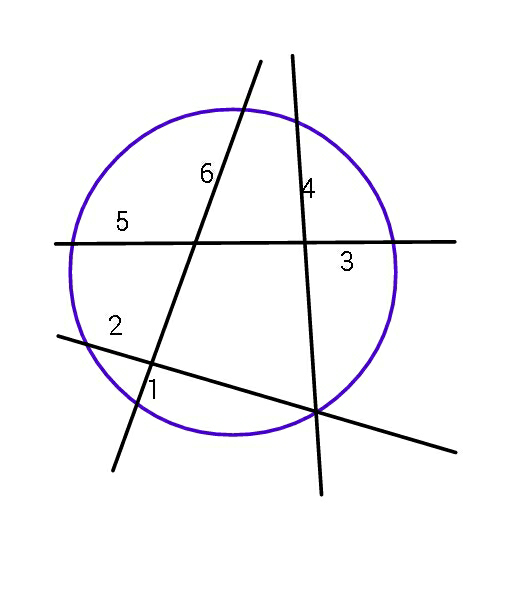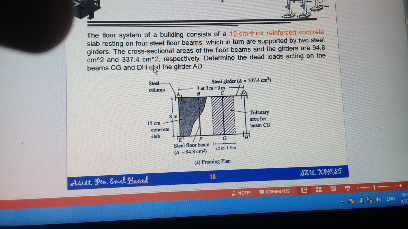
AllQuestion and Answers: Page 1421
Question Number 69496 Answers: 0 Comments: 5

Question Number 69494 Answers: 1 Comments: 3

Question Number 69493 Answers: 0 Comments: 0

Question Number 69589 Answers: 0 Comments: 0
Question Number 69479 Answers: 0 Comments: 2
Question Number 69478 Answers: 0 Comments: 1
Question Number 69462 Answers: 0 Comments: 1
Question Number 69460 Answers: 0 Comments: 1
Question Number 69459 Answers: 0 Comments: 0

Question Number 69458 Answers: 0 Comments: 1
Question Number 69457 Answers: 1 Comments: 0
Question Number 69456 Answers: 1 Comments: 1

Question Number 69450 Answers: 0 Comments: 0

Question Number 69436 Answers: 1 Comments: 0

Question Number 69433 Answers: 1 Comments: 0

Question Number 69431 Answers: 2 Comments: 0

Question Number 69429 Answers: 0 Comments: 2

Question Number 69423 Answers: 0 Comments: 1

Question Number 69418 Answers: 0 Comments: 0

Question Number 69416 Answers: 1 Comments: 1

Question Number 69413 Answers: 0 Comments: 1

Question Number 69398 Answers: 2 Comments: 1

Question Number 69393 Answers: 0 Comments: 2

Question Number 69390 Answers: 0 Comments: 0
Question Number 69389 Answers: 0 Comments: 0
$${find}\:\int_{\mid{z}+{i}\mid=\mathrm{3}} \:\:\frac{{sinz}}{{z}+{i}}{dz} \\ $$
Question Number 69379 Answers: 0 Comments: 1
Pg 1416 Pg 1417 Pg 1418 Pg 1419 Pg 1420 Pg 1421 Pg 1422 Pg 1423 Pg 1424 Pg 1425
